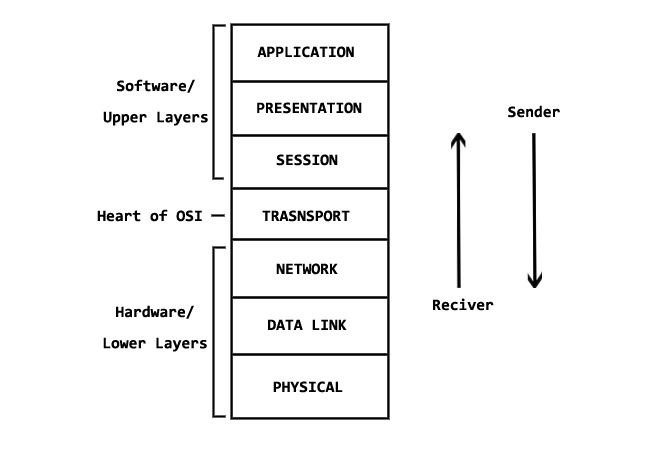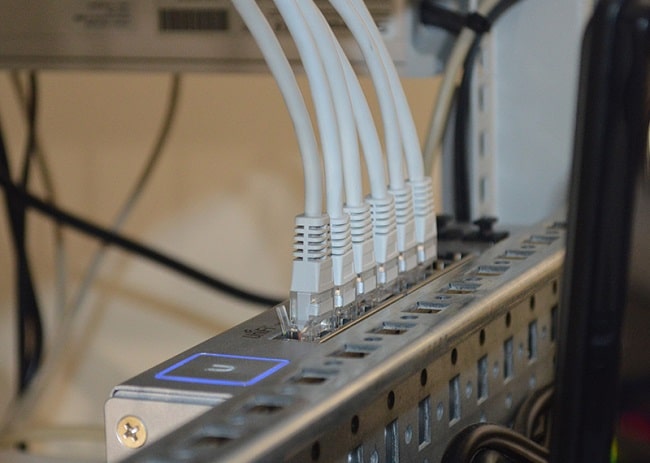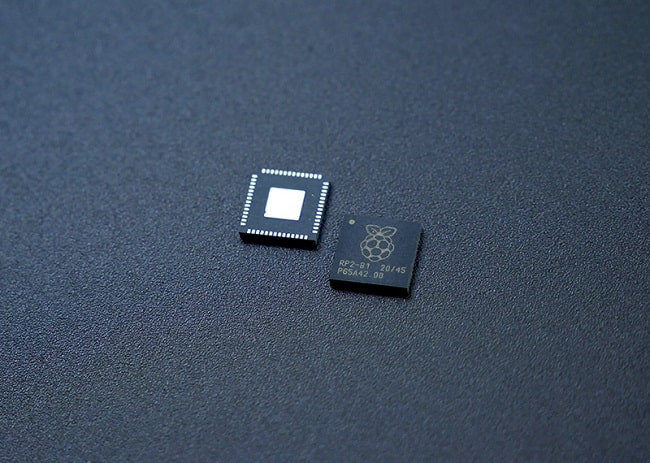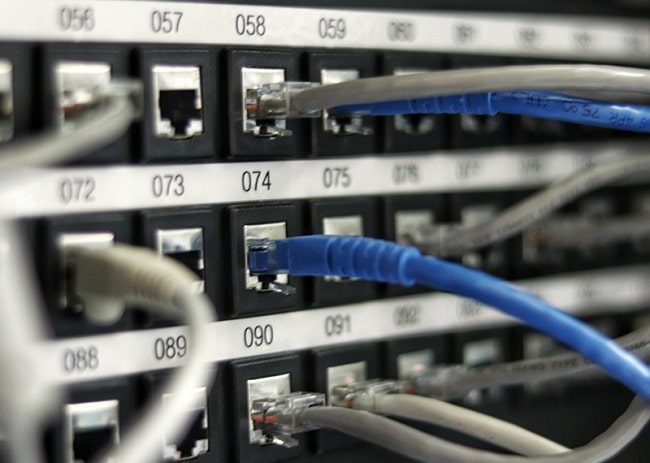• The OSI model is a conceptual model, and in practice, the TCP/IP model is more commonly used in networking.
The OSI Model
The OSI (Open Systems Interconnection) model is a conceptual framework that standardizes the functions of a telecommunication or computing system into seven abstraction layers. Each layer serves a specific purpose and interacts with adjacent layers, providing a systematic approach to understanding and designing network communication. The model was developed by the International Organization for Standardization (ISO) to facilitate communication between different systems and vendors.
There are n numbers of users who use computer network and are located over the world. So to ensure, national and worldwide data communication, systems must be developed which are compatible to communicate with each other ISO has developed a standard.
ISO-OSI layer names:
The ISO-OSI model is a seven layer architecture. It defines seven layers or levels in a complete communication system. They are: Application Layer, Presentation Layer, Session Layer, Transport Layer, Network Layer, Data link Layer, Physical Layer.

| Sending | Receiving |
|---|---|
|
|
Application Layer:
- • Transferring of files disturbing the results to the user is also done in this layer. Mail services, directory services, network resource etc are services provided by application layer.
- • This layer mainly holds application programs to act upon the received and to be sent data.
The Presentation Layer:
- • Presentation Layer takes care that the data is sent in such a way that the receiver will understand the information (data) and will be able to use the data.
- • While receiving the data, presentation layer transforms the data to be ready for the application layer.
- • Languages(syntax) can be different of the two communicating systems. Under this condition presentation layer plays a role of translator.
- • It performs Data compression, Data encryption, Data conversion etc.
The Session Layer:
- • Session Layer manages and synchronize the conversation between two different applications.
- • Transfer of data from source to destination session layer streams of data are marked and are resynchronized properly, so that the ends of the messages are not cut prematurely and data loss is avoided.
Transport Layer:
- • Transport Layer decides if data transmission should be on parallel path or single path.
- • Functions such as Multiplexing, Segmenting or Splitting on the data are done by this layer.
- • It receives messages from the Session layer above it, convert the message into smaller units and passes it on to the Network layer.
- • Transport layer can be very complex, depending upon the network requirements.
- • Transport layer breaks the message (data) into small units so that they are handled more efficiently by the network layer.
The Network Layer:
- • Network Layer routes the signal through different channels from one node to other.
- • It acts as a network controller. It manages the Subnet traffic.
- • It decides by which route data should take.
- • It divides the outgoing messages into packets and assembles the incoming packets into messages for higher levels.
Data Link Layer:
- • Network Layer routes the signal through different channels from one node to other.
- • It acts as a network controller. It manages the Subnet traffic.
- • It decides by which route data should take.
- • It divides the outgoing messages into packets and assembles the incoming packets into messages for higher levels.
Physical Layer:
- • Physical Layer is the lowest layer of the OSI Model.
- • It activates, maintains and deactivates the physical connection.
- • It is responsible for transmission and reception of the unstructured raw data over network.
- • Voltages and data rates needed for transmission is defined in the physical layer.
- • It converts the digital/analog bits into electrical signal or optical signals.
- • Data encoding is also done in this layer.
Feature of OSI Model:
- 1. Big picture of communication over network is understandable through this OSI model.
- 2. We see how hardware and software work together.
- 3. We can understand new technologies as they are developed.
- 4. Troubleshooting is easier by separate networks.
- 5. Can be used to compare basic functional relationships on different networks.
Principles of OSI Reference Model:
- 1. A layer should be created where a different abstraction is needed.
- 2. Each layer should perform a well-defined function.
- 3. The function of each layer should be chosen with an eye toward defining internationally standardized protocols.
- 4. The layer boundaries should be chosen to minimize the information flow across the interfaces.
- 5. The number of layers should be large enough that distinct functions need not be thrown together in the same layer out of necessity and small enough that architecture does not become unwieldy.
Merits of OSI Model:
- 1. OSI model distinguishes well between the services, interfaces and protocols.
- 2. Protocols of OSI model are very well hidden.
- 3. Protocols can be replaced by new protocols as technology changes.
- 4. Supports connection oriented services as well as connectionless service.
Demerits of OSI Model:
- 1. Model was devised before the invention of protocols.
- 2. Fitting of protocols is tedious task.
- 3. It is just used as a reference model.
Remember: In practical network implementations, the OSI model is often used as a reference, but it doesn't strictly align with the actual architecture of many real-world networking protocols. The more commonly used model in practice is the TCP/IP model, which has fewer layers and is more closely aligned with the structure of the Internet. Nonetheless, the OSI model remains a valuable tool for understanding and discussing network architecture concepts and principles.
Category: Networking
on: 01 Oct 2018
on: 10 Oct 2023
Featured posts
You may like these posts.
Types of Network Topology with Advantages & Disadvantages:
Network Topology is the schematic description of a network arrangement, connecting various nodes (sender and receiver) through lines of connection.

Basic Concept of Memory Management:
Memory Management is the functionality of an operating system that handles or manages the primary memory and disk during execution.

Communication Media - Guided or Unguided media:
Communication media means sending and receiving data. Media is used to data path that forms the physical channel between the sender and the receiver.
What's Next?
We've now entered the finance section on this platform, where you can enhance your financial literacy.